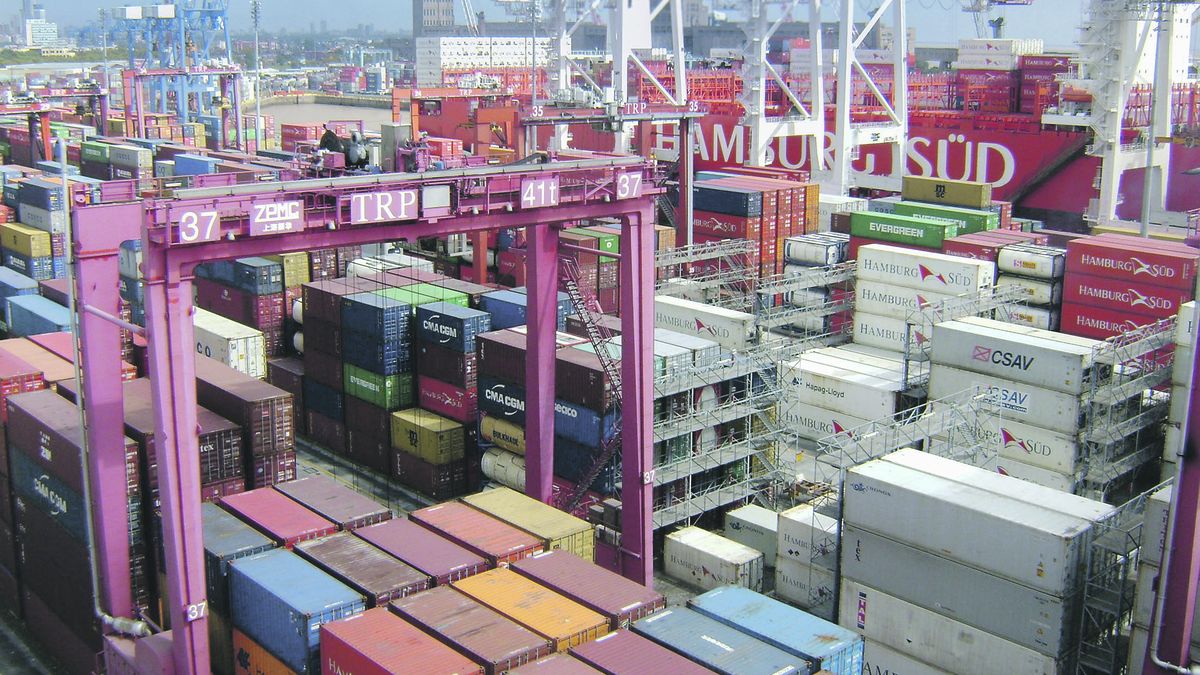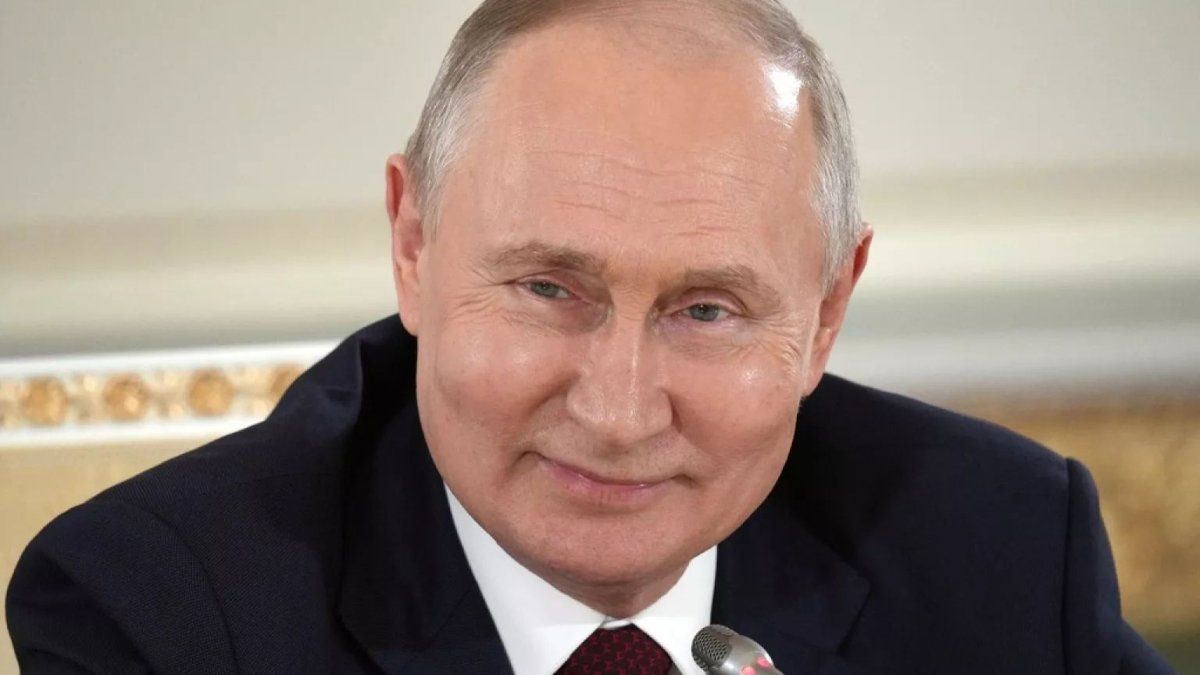The market slightly improved growth projections for the Brazilian economy, a fact that is usually closely followed as it is the main destination of Argentine exports. It also occurs in a context in which the Government seeks to reach agreements to sustain bilateral trade with his main partner without resenting reservations.
According to the report focus published by the Central Bank of Brazil, the economic projections of analysts have improved: inflation forecast lowered of this year (went from 6.03% to 5.8%) and GDP growth was corrected upwards: from 1.02% to 1.2%.
“It is true that the growth projections for this year have been improving, but it is still very weak growth”, Santiago Manoukian, head of Research at Ecolatina, clarified in this regard, who added: “In addition, it occurs in a context of deteriorating growth projections for next year. In a framework in which the growth of the main trading partners, according to IMF projections, will continue to be less than the world average. This is a concern for the external front of Argentina, in relation to the demand for our exports.”.
The economist highlighted, in this context, the preponderance that Brazil has as a trading partner: “Last year, 33% of our industrial exports went to Brazil, close to 15% of the total. Therefore, weaker growth threatens a more robust demand for the exports that we require”.
It is in this scenario that the Government seeks to reach agreements with Brazil in order to sustain bilateral trade, in a context of scarcity of foreign currency. “The most relevant thing in the short term is what Argentina can achieve in these negotiations with Brazil. For example, find out if you can get more trade credit for importers in Argentina. Above all, if we take into account that last year we had a bilateral trade deficit of close to US$3.5 billion. And both Brazil, as also happens with China through the Swap, are interested in not cutting off the flow of trade and not losing ground in the Argentine market. Therefore, Brazil’s incentive is also there: its industry has been down in recent years and being able to place products in our economy is also relevant for its manufacturing industry. There a win-win could be achieved if that greater credit arrives”, Manoukian explained to Ambit.
“That is The greatest concern now has to do with the help that Brazil can give us to, somehow, not demand so many dollars for imports from that country and thus be able to inflict less damage on economic activity due to this strong external restriction that we are going throughdue to having a backward exchange rate that generates an excess demand for foreign currency, on which the severe drought and negative net reserves were mounted, then it is necessary to release imports without having to sacrifice so many dollars,” the economist concluded.
After months of starting the negotiations, at the end of May the Minister of Economy, Sergio Massa, will travel to China to participate in a meeting of the New Development Bank (NBD), known as the BRICS bank, where the possibility of modify one of the articles of the financial entity with the aim of obtaining a guarantee from the NDB for the financing of bilateral trade and that this allows it to advance with the commitment assumed by President Lula da Silva with President Alberto Fernández to finance Brazilian imports.
Evolution of the trade balance
After deficit of the bilateral balance in 2022, the trend in trade with Brazil seems to be sustained this year. It is that in the first quarter, the red reached the US$1,774 milliondue to the fact that imports reached US$5,613 million (+26.2% year-on-year), while exports totaled US$3,839 million (+6.9% year-on-year).
“The prospects going forward are not favorable, especially for the coming months in a context in which the impacts of the drought on the harvest and agro-industrial exports are deepening. To avoid an additional tourniquet on imports -more than necessary given the deepening of the commercial red with Brazil- and in turn avoid the weakening of the level of internal activity and the level of trade with the neighboring country, a new scheme is being negotiated of a guarantee mechanism that allows a broader use of local currencies for bilateral trade operations (something similar to what began to be used with China)”, they analyzed in this regard from the Abeceb consultancy.
And they concluded:The outcome of the negotiations will set the course of bilateral trade going forwardwhere a positive result would allow imports to continue without the use of dollars thanks to financing through central banks”.
Source: Ambito




